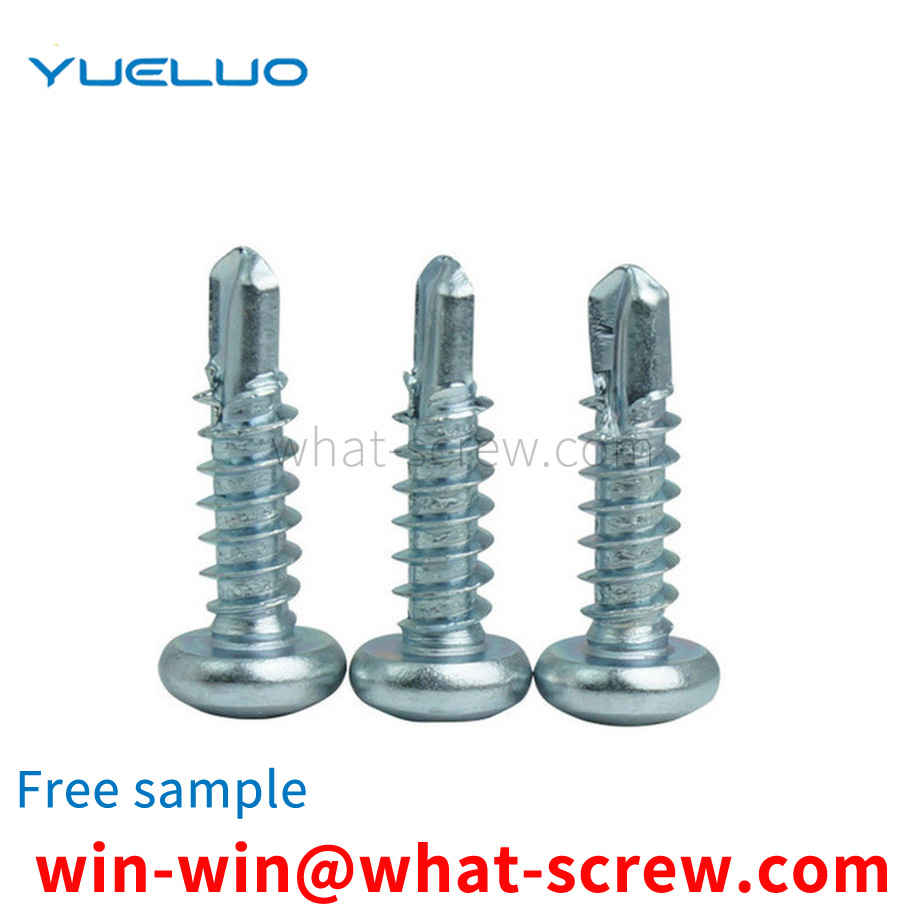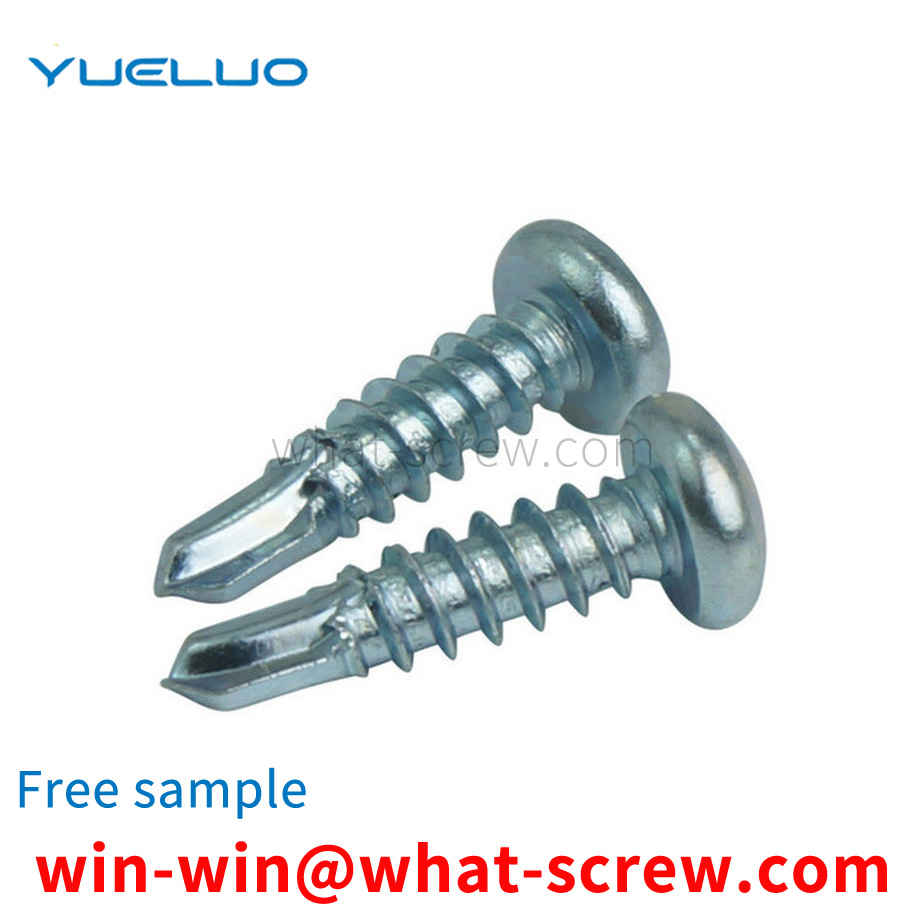In the prior art, the earliest rivets were small pegs made of wood or bone, and the earliest metal deformations were probably the ancestors of the rivets we know today. Without a doubt, they are the oldest known method of metal joining, dating back as far as the earliest use of malleable metals, for example: the Bronze Age Egyptians used rivets to attach six wooden sectors to the outer lines of a slotted wheel Riveted and fastened together. After the Greeks successfully cast large statues in bronze, they then used rivets to rive the parts together. With the progress of the times, there are more and more types of rivets, but traditional rivets have connection strength. Insufficient problem, so a new rivet is needed to solve the above problem.
At present, in the riveting of automobile and motor car parts, especially the parts that have vibration and need to move frequently, such as automobile steering gear, ordinary rivets and double-drum rivets are mostly used for riveting. Due to the limitations of the structure of these two products After riveting, the product has the defect of insufficient strength and easy to loosen and fall off, and it cannot be disassembled and can only be used once, thus affecting the quality and performance of the riveted product.
The post-treatment of nickel-phosphorus plating includes two main processes of driving hydrogen and polishing. ①Hydrogen drive; according to the relevant standards, the hydrogen drive temperature after plating is 200±10℃, and the treatment time is 2h. 200 ℃ is beneficial to eliminate hydrogen embrittlement, relax internal stress, improve the bonding force between the coating and the substrate, and improve the corrosion resistance of the coating. ②Polishing; the polished bolt has a bright appearance, but in order to better improve the quality of the coating, smooth the tiny traces, and obtain a bright mirror-like surface, the coating needs to be polished with a polishing machine.
At present, most of the cylindrical pin press-fitting is to put the product into the positioning position of the lower die first, and then take a cylindrical pin and put it into a cylindrical pin positioning hole that is concentric and perpendicular to the hole in which the product is pressed, or put it on the product. , the pin needs to have a positioning guide; or it is fixed on the top of the indenter so that it will not fall, and then the press is completed. In fact, it is difficult to press the small cylindrical pins. To ensure the good quality of the product, it is required to locate accurately, to ensure that the cylindrical pins are concentric and vertical, and to put the cylindrical pins one by one. It is very easy for workers to produce. Fatigue and low efficiency, product quality control is affected by many human factors, resulting in unstable product quality and certain safety hazards in work. On the other hand, in some production lines, the cost of the press-in cylindrical pins is relatively expensive, such as finger cylinders and moving mechanisms, which will put a lot of cost pressure on the equipment investment of small and micro enterprises.
In order to achieve the above purpose, the technical scheme adopted by the screw in Yueluo Company is as follows.
We have many years of experience in the production and sales of screws, nuts, flat washers, etc. The main products are: headless bolts, fine pitch screws, air conditioning bracket expansion screws, lock washers and other products, we can provide you with suitable fasteners for you solution.



















 Service Hotline
Service Hotline




